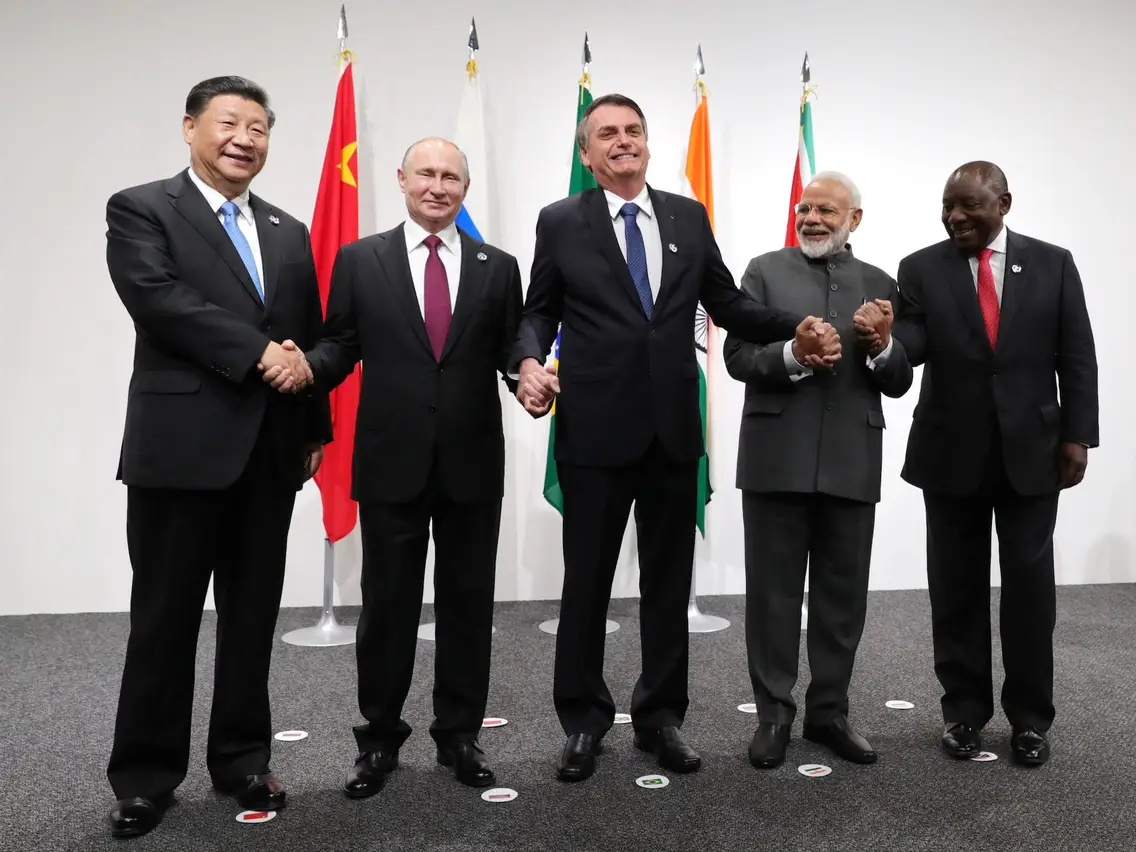The BRICS nations, comprising Brazil, Russia, India, China, and South Africa, are reportedly collaborating on the creation of a new type of currency. The idea was announced by Alexander Babakov, Deputy Chairman of the Russian State Duma, who stated that the countries are currently in the process of transitioning to settlements in national currencies, with the next step being the introduction of a new form of currency.
Babakov suggested that the BRICS leaders’ summit, which is scheduled to take place in August 2023 in South Africa, could serve as a platform to announce the readiness of the group to implement this project. The new currency is expected to be used as a means of facilitating trade and financing projects within the member countries, while also reducing dependence on the US dollar and euro in international payments.
While the details of the new currency are yet to be finalized, Babakov mentioned that it could be secured not only by gold, but also by other commodities such as rare earth metals. He did not rule out the possibility of a single currency for the BRICS nations, which would also provide an alternative to the dominant global currencies.
The idea of creating a new international currency within the BRICS bloc has been in discussion for several years now, with various experts and officials stressing the need for reducing reliance on the US dollar and euro. The new currency could play a role in facilitating trade and investment within the group, while also increasing their influence on the global stage.
Anton Sviridenko, Executive Director of the Stolypin Institute for the Economy of Growth in Moscow, noted that the main objective of creating a single currency within BRICS is to facilitate trade, finance projects of the union’s member countries, and reduce dependence on the dollar and the euro in international payments. South African Foreign Minister Naledi Pandor had also earlier mentioned that the primary goal of the new currency would be to promote trade and investment within the bloc.
In the initial stages of implementation, the new currency could be used as a unit of account for settlements in national currencies and conversion without the involvement of the dollar. In the long term, it could potentially become a means of settlement and even acquire the status of a reserve currency not only for the BRICS countries but also for other states.
The BRICS countries have emerged as significant economic powers over the years, and their collaboration on this new currency project is expected to further cement their position in the global economy. As the world continues to evolve, the creation of a new international currency could potentially lead to a more balanced and diverse financial landscape.




